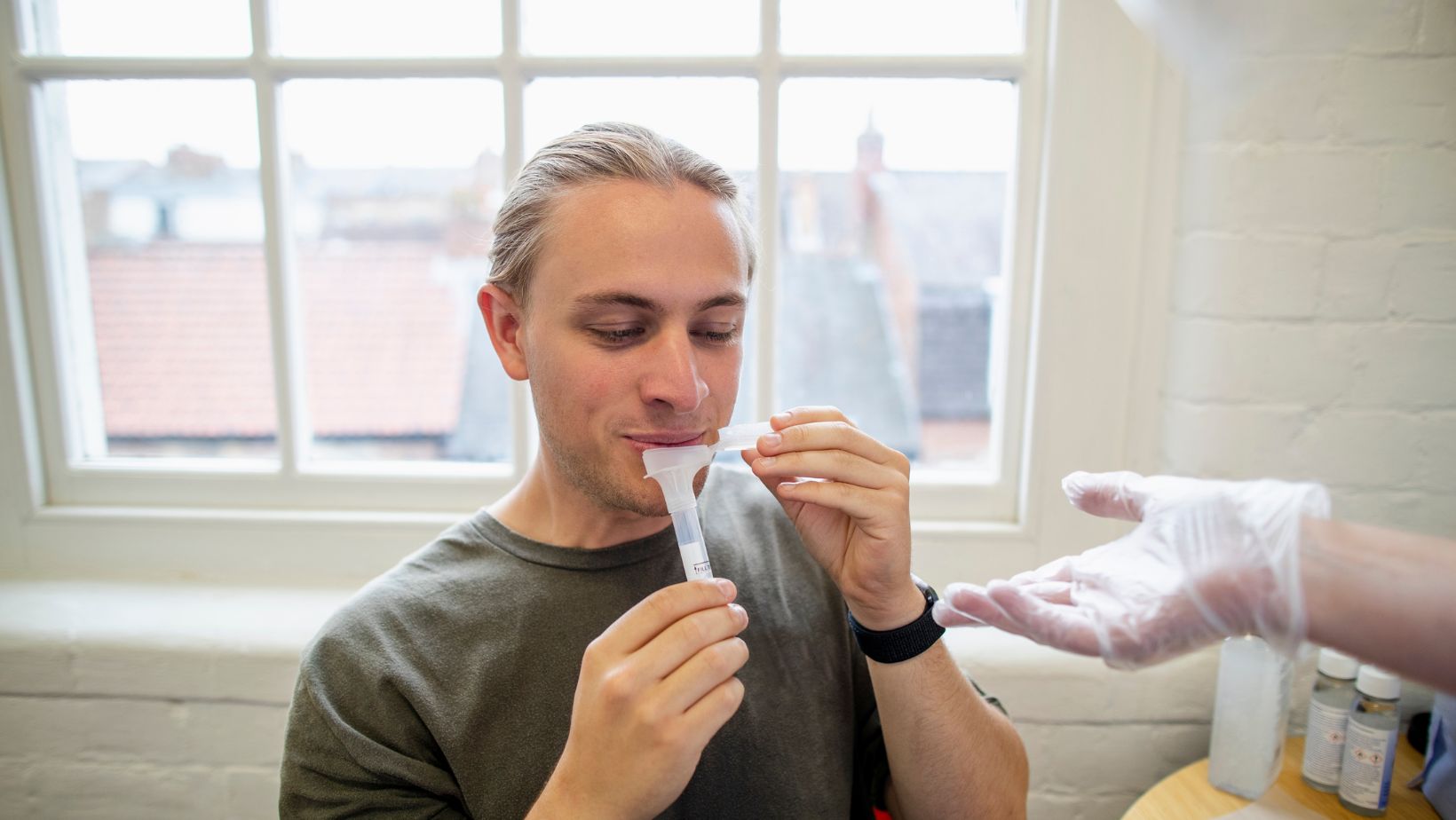
Rolling out saliva drug testing for employees has become a practical choice for many businesses aiming to maintain a safe and productive work environment. To efficiently implement these tests, you must establish a clear drug testing policy, communicate the procedures to employees, and choose the appropriate testing methods. Saliva tests are non-invasive, offering quick results and making them suitable for regular screening or random checks.
Understanding the differences between testing options can also be beneficial. While saliva tests provide fast results for recent drug use, urine-based drug screening kits offer an alternative with a wider detection window. Each method has its advantages, and selecting the right one depends on your workplace needs and regulations.
Starting with a pilot program can be a good way to test the options available. This allows you to address any unforeseen issues before a full rollout. Engaging with employees to gather feedback can also help streamline the process, ensuring the program is well-received across the company.
Establishing a Legal Framework
When implementing saliva drug testing at work, it’s important to follow employment laws, create a clear testing policy, and respect employee privacy. These steps help protect your business and maintain a fair workplace culture.
Understanding Employment Law
You need to be well-versed in employment law related to drug testing. Regulations may vary based on location and your industry. Check for any legal requirements around workplace drug testing, including any restrictions or specific conditions that need to be met before conducting tests.
Review guidelines to confirm the legal grounds for testing in areas like safety-sensitive roles. If there are unions or worker councils in your workplace, keep open communication lines with these groups to avoid potential conflicts.
Developing a Saliva Drug Testing Policy
Creating a clear policy for saliva drug testing helps manage expectations for both employees and management. It should outline when and why testing will occur, such as during pre-employment checks or after accidents.

Define the substances being tested for and the consequences of positive results. Clear guidance ensures that all employees understand the procedures and the reasons for testing. Publicize the policy so everyone is aware of it, and offer training to those involved in the testing process.
Guaranteeing Employee Privacy and Rights
Protecting employee privacy is important when performing drug tests. Keep test results confidential and share them only with relevant personnel. Tests should be carried out in a way that respects the dignity of employees and minimises discomfort.
Inform employees in advance about testing methods and their rights. Employees should give informed consent before any tests occur. Address any concerns from employees about privacy and provide avenues for them to discuss or dispute test results if necessary.
Implementing the Testing Process
When rolling out saliva drug testing, businesses should focus on selecting the right testing kits, properly training test administrators, and creating a clear testing schedule. This guarantees a smooth and effective drug testing process for all involved.
Selecting Reliable Testing Kits
Choosing the right saliva drug test kits is important. Look for kits that are easy to use and have clear instructions. They should be accurate and able to detect substances relevant to your needs. It might be helpful to test a few different brands to see which suits your needs best.
Check the detection window the kits offer. Some kits can detect substances consumed recently, while others might have a different timeframe. Consider the kind of results you want before purchasing. Keep in mind that using well-documented and trustworthy products helps avoid inaccuracies and guarantees fairness in the testing process. Don’t forget to always check for any legal or industry standards that may affect which kits are suitable for your workplace.
Training for Test Administrators
Training the administrators responsible for conducting the tests is necessary. They need to understand how to use the kits correctly to get accurate results. A training program may include a demonstration of test administration, along with practice sessions, to build confidence.
Instruct administrators on how to handle samples safely to maintain the confidentiality and privacy of test subjects.

They should also know how to interpret the results correctly. It’s important that they are able to manage and document the testing process efficiently. Selecting the right personnel for this role is important; they should be detail-oriented and comfortable with the procedures involved.
Creating an Efficient Testing Schedule
Developing an efficient testing schedule is key to maintaining order and consistency. Decide how often tests will be conducted and if testing will be random or scheduled. Consider the potential impact on workplace operations and try to minimize disruptions.
Keep clear records of testing dates to manage the process smoothly. Inform employees in advance about the testing schedule and procedures. This encourages cooperation and helps maintain transparency. It’s also helpful to have a system in place to address any issues or concerns that arise during testing. A well-organized schedule promotes an orderly process and helps guarantee all employees are tested fairly.
Conclusion
Rolling out saliva drug testing in the workplace can improve safety and productivity. This method is non-invasive and easy to administer. It provides rapid results, allowing you to quickly identify any issues.
To implement these tests, start with a clear policy. Make sure the policy outlines the reasons for testing and the substances being tested. Communication is key, so keep employees informed.
Use saliva drug test kits for a seamless process. These kits are simple and comfortable for employees to use. They also help maintain privacy and respect in the workplace.
Regular training for staff conducting the tests can prevent errors. Also, this helps interpret results accurately. Ensure documentation is consistent to support any actions taken.
Overall, integrating saliva drug testing with a focus on fairness and transparency builds trust. It demonstrates your commitment to a safe workplace, benefiting both employers and employees.















